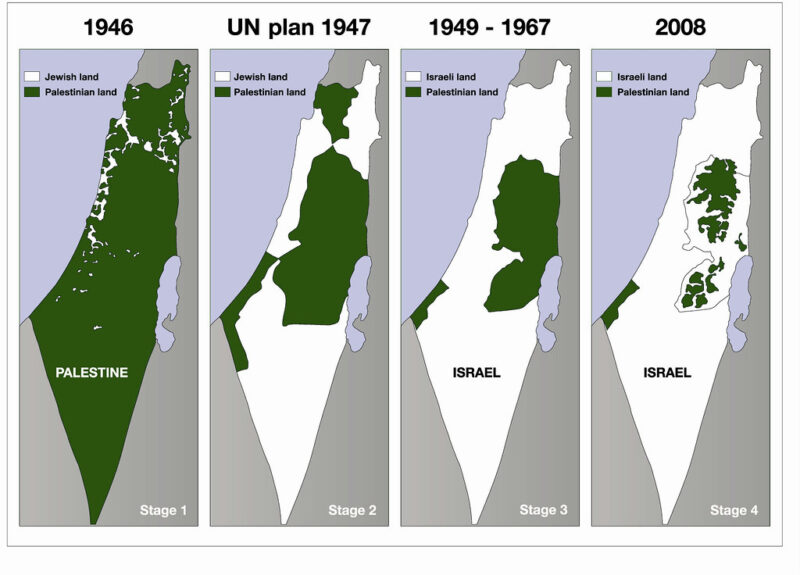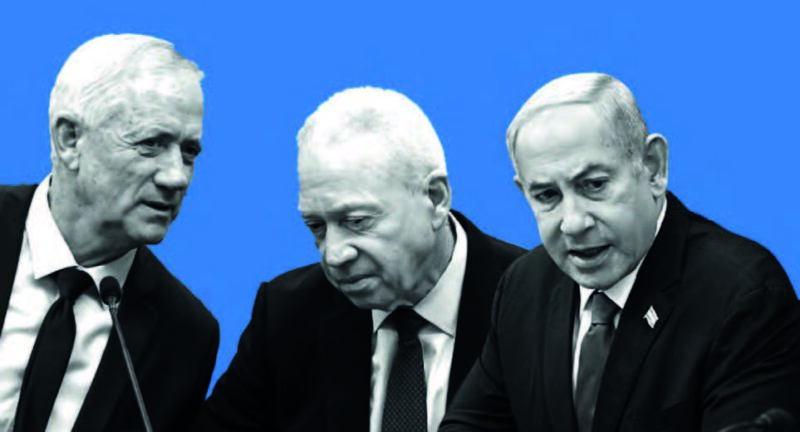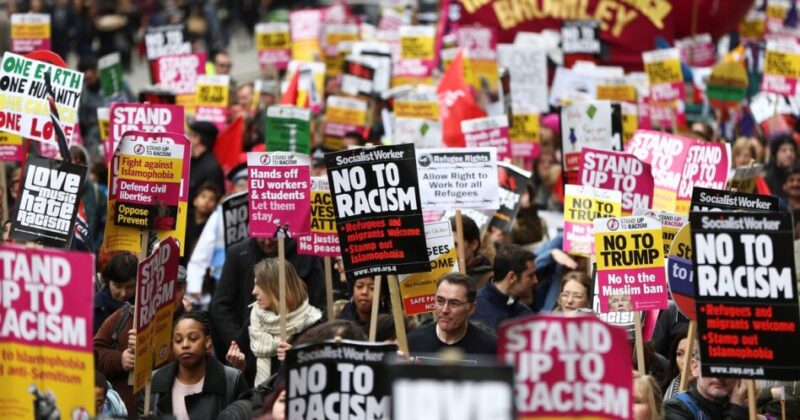Fear and hypocrisy: the Arab League monitors in Syria
Marcus Halaby reports on the latest developments in the Syrian revolution as international monitors send back their reports
 THE ARAB League comprises some twenty-odd dictatorships and absolute monarchies in varying degrees of dependence on the United States. So it was predictable that its observers’ mission in Syria could only either whitewash the Syrian regime’s crimes or pave the way for foreign intervention against it. In the event, the mission served both purposes. But the monitoring mission was in disarray at the time of going to press, the Arab League abandoning it shortly after announcing its extension.
THE ARAB League comprises some twenty-odd dictatorships and absolute monarchies in varying degrees of dependence on the United States. So it was predictable that its observers’ mission in Syria could only either whitewash the Syrian regime’s crimes or pave the way for foreign intervention against it. In the event, the mission served both purposes. But the monitoring mission was in disarray at the time of going to press, the Arab League abandoning it shortly after announcing its extension.
It was intended to monitor Syrian President Bashar Assad’s compliance with an Arab League peace plan to end to Syria’s ten-month long uprising, by releasing prisoners, withdrawing troops from the streets, and beginning a “dialogue” with the opposition. But it was headed by Mohammed Ahmed Mustafa al-Dabi, a Sudanese general and former ambassador to Qatar, accused of involvement in atrocities in Darfur.
As if this didn’t damage its credibility enough, the largest group of monitors was provided by Iraq, whose government shares Assad’s pro-Iranian orientation and opposed the League’s imposition of sanctions on Syria on 27 November. They, equally predictably, contrived to see and hear no evil on the carefully guided tours they were given by the Syrian authorities, although at least 800 people were killed during the month-long mission, with reports of 17 corpses being thrown into the main public square in Syria’s fourth city Hama on 27 January. Sudan’s leadership of the mission allows it to break out of its relative isolation since George W Bush’s War on Terror, the Darfur conflict, and the secession of South Sudan.
The Syrian government tried to manipulate the outcome of the mission in other ways. Oppositionists in Homs report that tanks were painted blue and soldiers were given police uniforms to feign military withdrawal from civilian areas. A car bombing in Damascus on 23 December killed 44 people, injuring 166, and was followed by an alleged suicide bombing in the Syrian capital’s Midan district on 6 January, which killed 26 people and injured more than 60.
Blamed by the government on al-Qaeda, these attacks – the first of their type since the uprising broke out – were deeply suspicious, coinciding as they did with the arrival of the monitors. They were most likely staged by the regime to threaten the hostile conservative Arab Gulf states with chaos if they push too hard in the direction of regime change. Certainly, the bombings fit all too neatly into the regime’s established narrative that the popular uprising is a conspiracy of foreign-backed armed gangs.
Intervention still possible
On the other hand, the failure of the mission to alter facts on the ground has emboldened those in favour of external intervention, with the Emir of Qatar, Sheikh Hamad bin Khalifa Al Thani, arguing that an Arab force should go into Syria “to stop the killing” on 14 January. Previously an ally, oil-rich Qatar has turned against Assad since the uprising. Qatar was also the leading Arab country in arming the Libyan rebels against Gaddafi and in assembling an Arab consensus in favour of NATO’s intervention.
Burhan Ghalioun, head of the opposition Syrian National Council, lobbied the Arab League on 20 January to take the issue to the United Nations and establish a Libyan-style “no-fly zone”. The six Arab Gulf states, led by Qatar and Saudi Arabia, withdrew their monitors in ostensible protest at Assad’s continuing crackdown on protesters, following Assad’s rejection of the League’s plan to hand over power to a deputy, form a “national unity” government within two months and prepare the way for multi-party elections. Now, the Arab League itself has abandoned the mission.
An official UN-backed intervention remains unlikely, as Russia and China continue to veto UN Security Council resolutions condemning their Syrian ally. Indeed Russia has agreed to supply Assad with 36 combat jets. But underlying the moves to “internationalise” the conflict is the fear – on the part of the Arab regimes and the bourgeois wing of the Syrian opposition – that otherwise the question of power will be decided on the streets.
The movement of military defectors is growing. The Free Syrian Army is bold enough to establish checkpoints in the Damascus suburbs of Douma and Saqba – barely 30 km from the capital – for hours at a time. Similar stories have emerged from Homs, Idlib and Harasta, while civilian demonstrators have marched in support of the military defectors in Zabadani near the Lebanese border.
The danger however remains that Assad’s continuing repression and intransigence may make calls for intervention gain popularity on the ground, allowing the Arab regimes to place a straightjacket on Syria’s revolution in the name of “defending” it. Intervention would be a disaster in Syria, the hope for the future of the country lies with the growing rebellion as Syrian people struggle to take power into their own hands.






